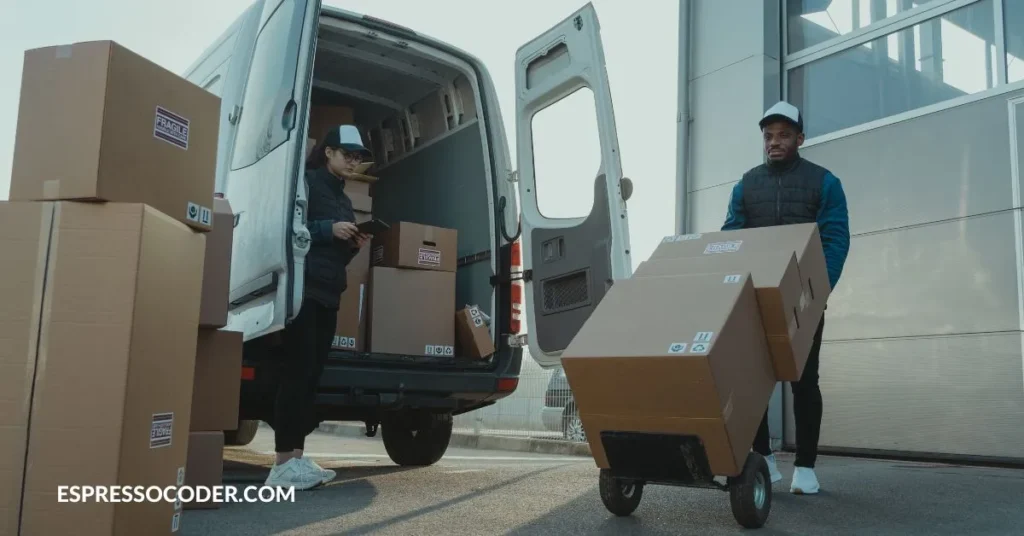You always want your customers to click that “Buy Now” button. However, it’s important not to think of it as them simply purchasing a product. They’re investing trust in your brand – and that includes delivering that product on time.
For businesses that rely on shipping goods in-house, delivery delays can do more than frustrate customers. They can erode loyalty, harm your overall reputation, and ultimately make future sales disappear – and end up in the arms of your competitors.
Here’s a closer look at how delivery delays can damage brand trust.
Contents
The Real-World Impact of Late Deliveries
In today’s on-demand economy, expectations around delivery speed and accuracy are higher than ever. You can thank Amazon for those expectation levels. In the end, one missed delivery window can spark a chain reaction of dissatisfaction:
- A customer’s event or deadline may be disrupted.
- Refund or replacement costs cut into profit margins.
- Poor reviews or social media complaints can follow.
Oh, and that isn’t even touching on the most damaging silent cost: customers who simply don’t return. Research highlights that a staggering 78% of UK consumers are unlikely to make another purchase from a retailer if they suffer a negative delivery experience.
That statistic alone should place delivery performance firmly in the spotlight for any customer-focused business.
Why Delays Happen and Spotting the Patterns
Delivery delays often stem from one of three aspects: poor planning, poor visibility, or poor communication.
- Planning: Inefficient routing, vehicle breakdowns, and inconsistent scheduling can all create preventable delays.
- Visibility: Without accurate tracking, it’s hard to know where delays are happening or how to respond.
- Communication: If customers don’t receive updates or explanations, they’re left guessing. That’s a quick way to lose trust.
The good news: all three are fixable with the right operational setup.
Building a Reliable Delivery Operation
To reduce delays, one of the most effective methods is to invest in better fleet visibility. Take GPS vehicle tracking and route planning tools. These allow logistics managers to monitor deliveries, in real-time, and adjust schedules on the fly.
A company like Radius, for instance, supplies advanced telematics solutions that enable businesses to:
- Track delivery vehicles in real-time
- Identify delay patterns and inefficiencies
- Communicate accurate delivery times to customers
- Improve driver performance through speed and idling data
This kind of insight moves delivery on from being something of a guessing game. Instead, it becomes a data-driven function, one which gives businesses the tools to meet – and even exceed – customer expectations over time.
Transparency: Just as Important as Speed
Even with improved logistics, things can still go wrong. Weather, traffic, unexpected road closures – they’re all a part of life. Fortunately, delays don’t have to destroy customer trust. That’s the case if they are handled transparently.
Keeping customers informed with real-time tracking links and even proactive apology emails goes a long way. It’s a clear signal that your brand is accountable and customer focused. Yes, products won’t be arriving when expected. However, this transparent quality still builds loyalty with your customers, even when things aren’t perfect.

